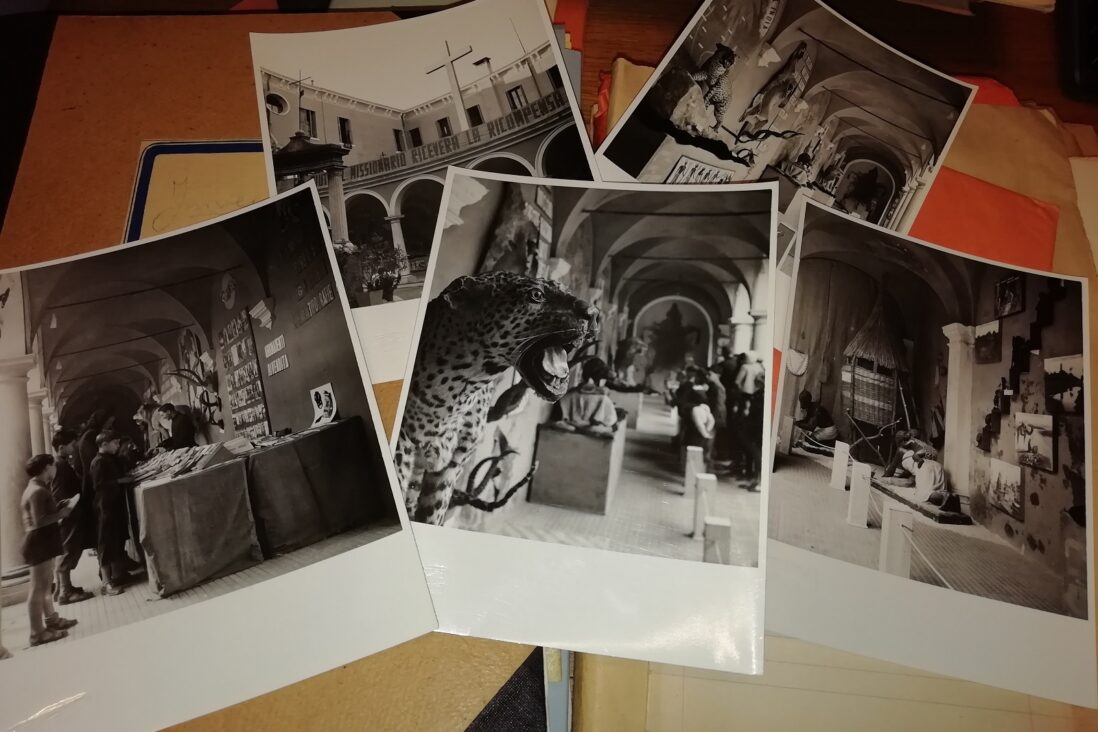Missionary exhibitions: shortening the distance between missions and the faithful

During the nineteenth century and beyond the first half of the twentieth century, so-called ‘missionary exhibitions’ were widespread. They were often the only opportunity for the faithful to see objects or photographs of missions and exotic places.
They were organised in order to obtain alms and investment for the missions themselves, but also to shorten the distance between the faithful in different parts of the world where the Jesuits worked.
They consisted in setting up real photographic exhibitions and exhibitions of local handicrafts, which testified both to the culture of the peoples and to the help that the mission provided through the construction of schools, infrastructures and houses.
However, missionary exhibitions were not only a means of receiving funding, but also a tool that allowed Europeans to get to know very different cultures, lands and populations in the absence of means of communication such as television and social networks, and with the possibility of narrating an unknown world through drawings, photographs and images and objects directly from those distant lands that were often very evocative, such as the stuffed animals you see in the photographs accompanying this in-depth study.
Many Jesuits, from every province of the Society of Jesus, applied directly to their superiors and Fr General to leave for the missions. Through the missionary expositions, they also tried to make inroads into the vocation of young priests to look for other brothers to go to the missions.
The five historic Italian provinces had missions all over the world: from the cold lands of Canada, to the tropical lands of Bahia in Brazil, from far-off India, to the most extreme East such as far-off China.
What remains for us of the missionary expositions?
A great deal, though not everything in the archives of the Society of Jesus.
For those who would like to admire works of art, artefacts of missionary origin and memorabilia, one of the main museums of reference is the Vatican Museums, where collections from exhibitions held between the 19th and 20th centuries are preserved in specific pavilions.
A small journey through the missionary exhibitions can also be made thanks to the archive documentation: many photographs, such as the ones we are showing today, are in fact preserved at ARSI, the central archive of the Society of Jesus.
Maria Macchi











